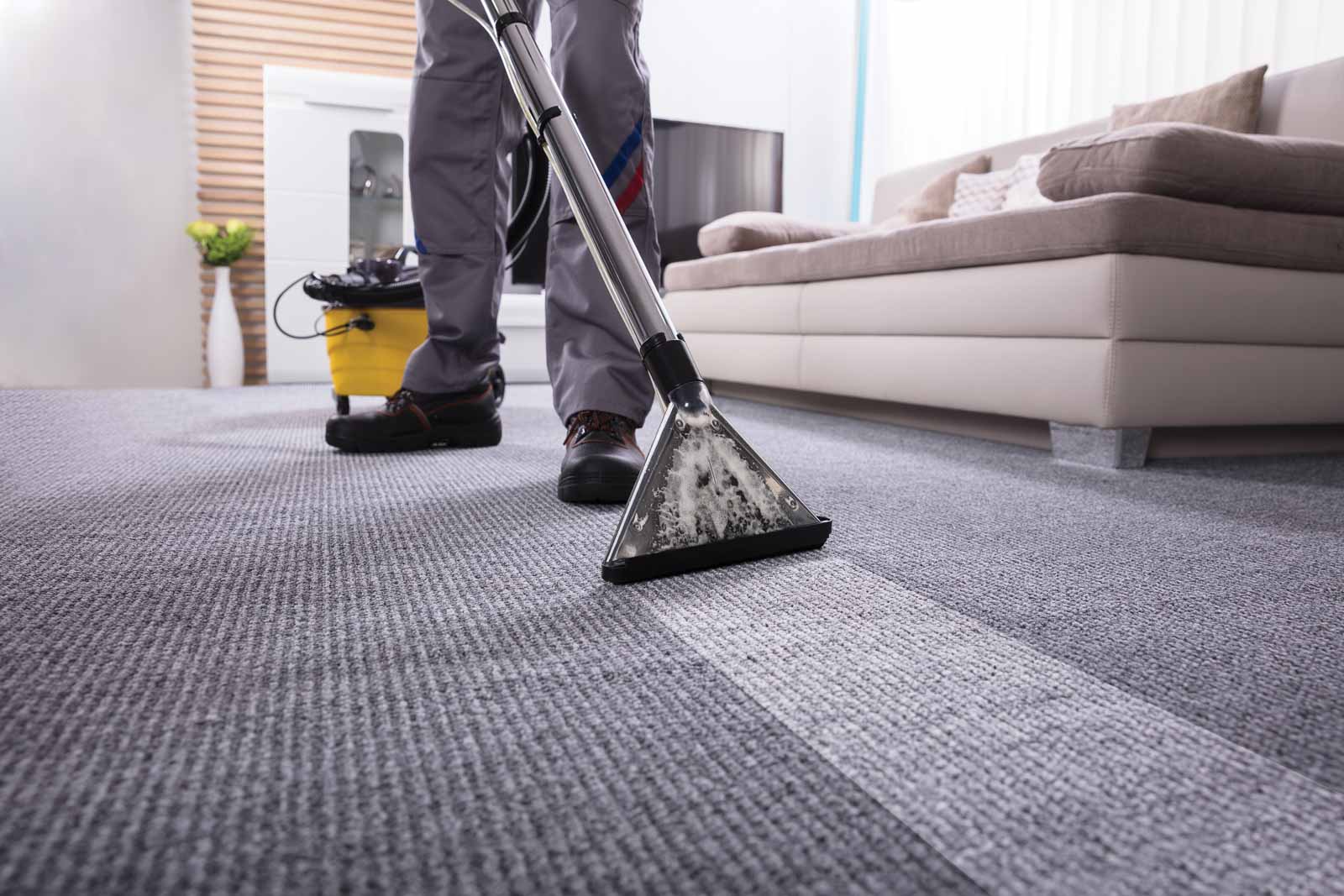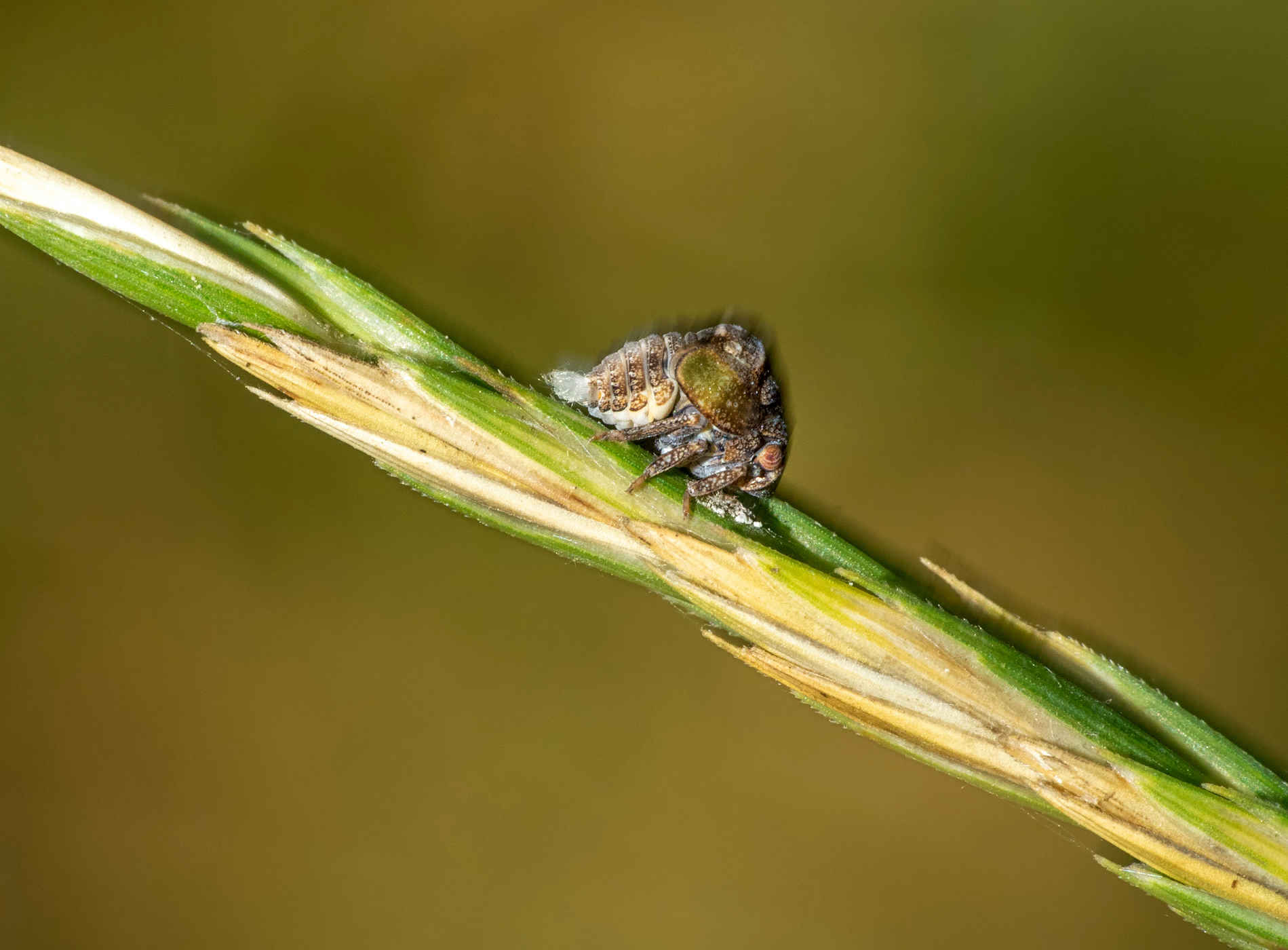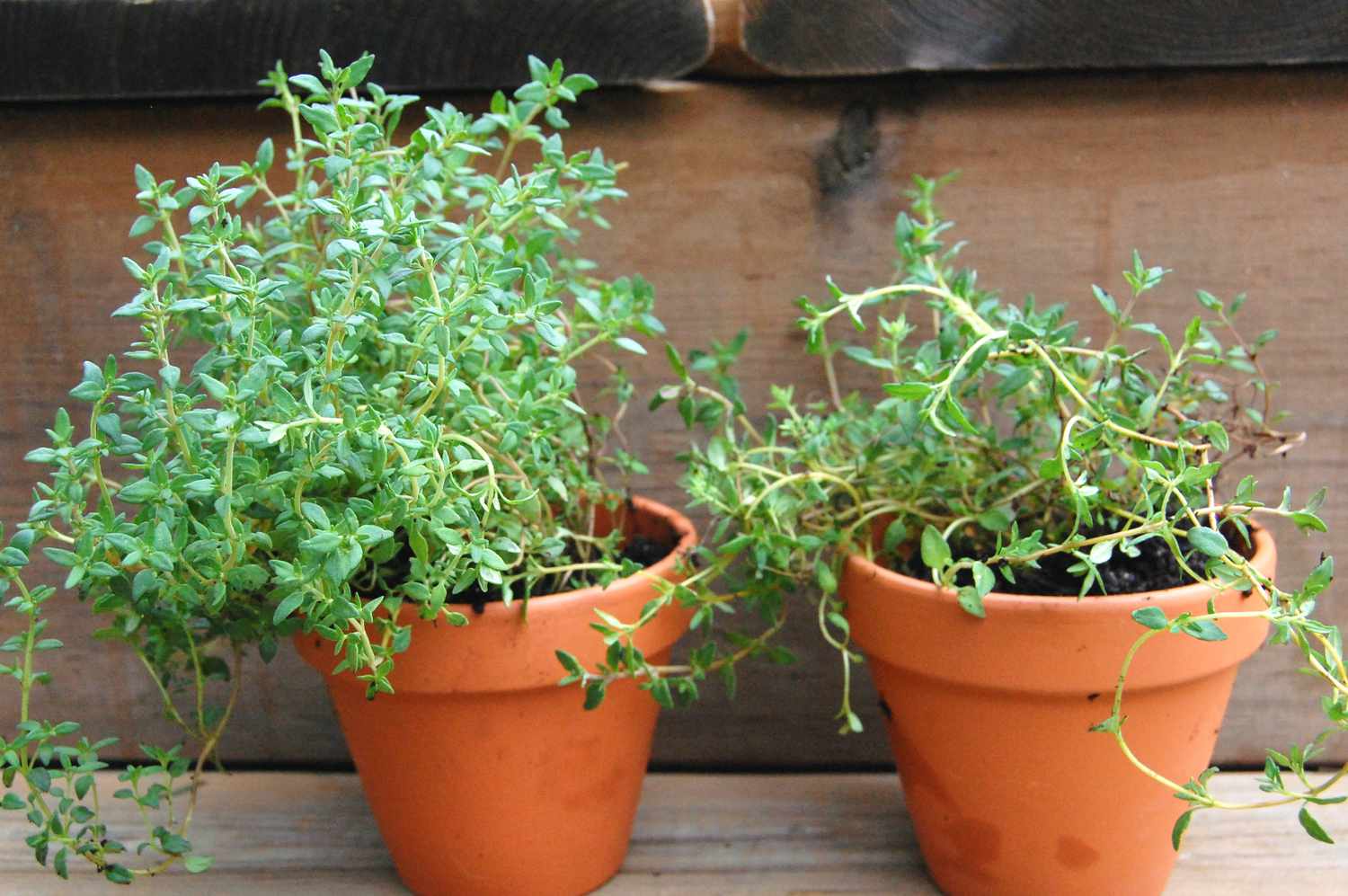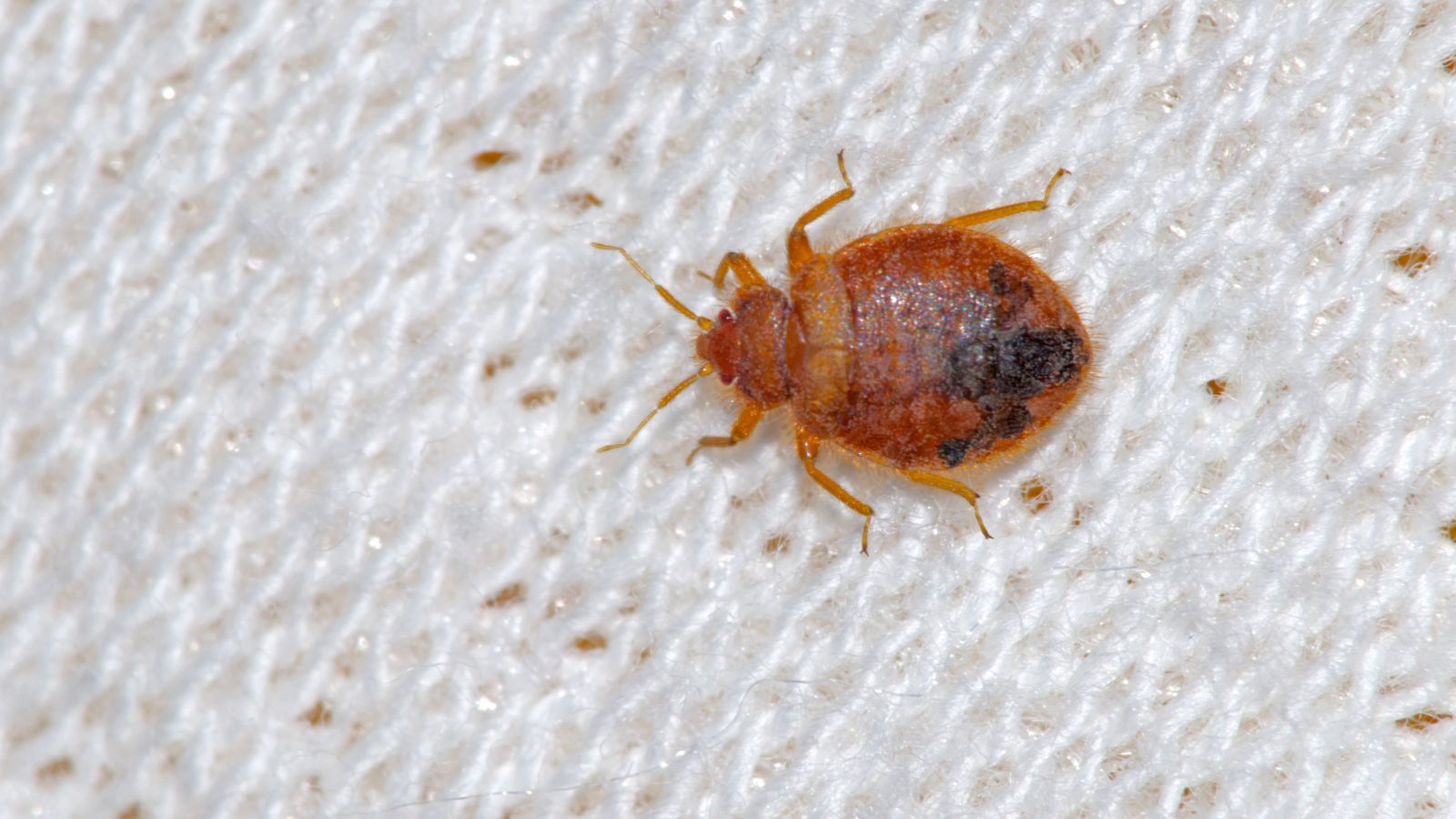

Articles
How Long Do Germs Live On A Carpet
Modified: December 7, 2023
Discover how long germs can survive on carpets in this informative article. Learn effective cleaning methods to ensure a germ-free home.
(Many of the links in this article redirect to a specific reviewed product. Your purchase of these products through affiliate links helps to generate commission for Storables.com, at no extra cost. Learn more)
Introduction
Welcome to the world of germs and carpets! Have you ever wondered how long those invisible pathogens can survive on your carpet? Carpets are not only cozy and comfortable, but they also provide the perfect breeding ground for a variety of germs. From bacteria to viruses, these microscopic organisms can lurk on your carpet’s fibers, potentially posing a risk to your health.
Germs are everywhere, and we come into contact with them on a daily basis. However, understanding how long they can survive on different surfaces, like carpets, is crucial in maintaining a clean and healthy environment. In this article, we will delve into the world of germs and carpets, exploring the factors that affect germ survival, the types of germs commonly found on carpets, and how to effectively clean and disinfect carpets to minimize the risk of germs.
So, let’s dive in and unravel the mysteries of how long germs can live on a carpet!
Key Takeaways:
- Keep your carpets clean and germ-free by understanding the factors that affect germ survival, types of germs commonly found, and effective cleaning methods. Regular maintenance and proper disinfection are key to a healthy indoor environment.
- Bacteria, viruses, allergens, and parasites can lurk on your carpets, posing health risks. Implement regular vacuuming, spot cleaning, steam cleaning, and disinfection to reduce germ survival. Remember, a clean carpet means a healthier home for you and your loved ones!
Read more: How Long Do Germs Live On A Toothbrush?
Understanding Germs
Before we can fully comprehend how long germs can live on a carpet, it’s important to have a basic understanding of what germs are. Germs, also known as microorganisms, are tiny organisms that are invisible to the naked eye. They include bacteria, viruses, fungi, and protozoa.
Bacteria are single-celled organisms that can multiply rapidly under favorable conditions. While most bacteria are harmless or even beneficial, some can cause illness or infection if they enter our bodies. Viruses, on the other hand, are even smaller than bacteria. They are infectious agents that rely on living cells to reproduce and can cause a wide range of diseases. Fungi are a diverse group of organisms that include molds, yeasts, and mushrooms. Some fungi can cause infections in humans, especially in individuals with weakened immune systems. Lastly, protozoa are single-celled organisms that can be found in water, soil, and even in our bodies. Some types of protozoa can cause diseases, such as malaria or amoebic dysentery.
Germs can be transmitted from person to person through direct contact, droplets, contaminated surfaces, or contaminated food and water. They can survive on various surfaces, including carpets, where they can multiply and potentially cause infection if not properly cleaned and disinfected.
It’s important to note that not all germs are harmful. In fact, our bodies host a variety of beneficial bacteria that help us digest food, protect against harmful pathogens, and support our immune system. However, it’s the potential presence of harmful germs on carpets that raises concerns and underscores the need for proper cleaning and disinfection.
Now that we have a better understanding of what germs are, let’s explore the factors that can affect their survival on carpets.
Factors Affecting Germ Survival on Carpets
Several factors play a role in determining how long germs can survive on carpets. Understanding these factors can help us better address and mitigate the risk of germ transmission. Let’s take a closer look at the main factors affecting germ survival on carpets:
- Humidity: The level of humidity in your home or environment can impact germ survival. Higher humidity provides more moisture, which is beneficial for germ growth and survival. Carpets in areas with high humidity, such as bathrooms or basements, may provide a more favorable environment for germs to thrive.
- Temperature: Germs generally prefer warm temperatures for growth and replication. The warmer the environment, the longer germs can survive. In cooler temperatures, such as those found in air-conditioned rooms or during the winter season, germs may have a shorter lifespan on carpets.
- Surface Porosity: The porosity of the carpet’s fibers can affect germ survival. Carpets with more porous fibers, such as those made of natural materials like wool, may provide a conducive environment for germs to penetrate and adhere to the fibers. In contrast, carpets with tighter and less porous fibers may make it harder for germs to survive and multiply.
- Cleaning Frequency: Regular cleaning and vacuuming of carpets can help remove dirt, debris, and potentially harmful germs. The more frequently carpets are cleaned, the lower the chances of germ survival. Inadequate or infrequent cleaning can allow germs to accumulate and persist on the carpet’s surface.
- Presence of Organic Matter: Organic matter, such as food particles, pet dander, or bodily fluids, can provide nutrients for germs to thrive. If carpets are frequently exposed to organic matter, it can create a supportive environment for germ survival.
- Type of Germ: Different types of germs have varying levels of survivability on surfaces. Some germs, like norovirus, the flu virus, or bacteria such as E. coli, can survive for hours or even days on carpets. Understanding the specific germs that may be present on carpets can help inform cleaning protocols and disinfection measures.
These factors interact with each other to influence germ survival on carpets. It’s important to be mindful of these factors and implement appropriate cleaning and disinfection practices to minimize the risk of germ transmission.
Next, let’s explore the types of germs commonly found on carpets.
Types of Germs Found on Carpets
Carpets can harbor a wide range of germs, including bacteria and viruses, that can pose potential health risks if not properly addressed. Here are some of the most common types of germs found on carpets:
- Bacteria: Bacteria can easily find their way onto carpets through various sources, such as shoes, pet paws, or airborne particles. Common bacteria found on carpets include Staphylococcus aureus, Salmonella, Escherichia coli (E. coli), and Streptococcus. These bacteria can cause infections, gastrointestinal issues, respiratory problems, and skin infections.
- Viruses: Viruses can also persist on carpets and present a risk for disease transmission. Influenza viruses, norovirus (which causes stomach flu), and other respiratory viruses can survive on carpet surfaces. These viruses can cause flu-like symptoms, gastrointestinal distress, and respiratory illnesses.
- Allergens: While not technically germs, allergens like dust mites, pollen, and pet dander can accumulate in carpets, leading to allergic reactions in susceptible individuals. These allergens can cause symptoms like sneezing, itching, congestion, and asthma attacks.
- Fungal Spores: Fungi and mold spores can thrive in damp or humid environments, making carpets vulnerable to fungal growth. Mold spores can cause respiratory issues, allergies, and even serious infections in some cases.
- Parasites: Though less common, microscopic parasites like fleas and ticks can find their way onto carpets and be vectors for disease transmission. These parasites can cause discomfort, skin irritation, and even transmit diseases like Lyme disease.
It’s important to be aware of the potential presence of these germs on carpets, especially in high-traffic areas or places with increased exposure to external sources of contamination. Regular cleaning and maintenance of carpets are crucial in keeping these germs at bay.
Now that we have a better understanding of the types of germs found on carpets, let’s explore how long these germs can survive on carpet surfaces.
Regular vacuuming and steam cleaning can help to reduce the presence of germs on carpets. Vacuum at least once a week and steam clean every 6-12 months to keep your carpet as germ-free as possible.
How Long Do Common Germs Survive on Carpets?
The survival time of germs on carpets can vary depending on several factors, including the type of germ, environmental conditions, and the cleanliness of the carpet. While it is challenging to provide definitive survival times for each specific germ, here are some general guidelines on how long common germs can survive on carpets:
- Bacteria: Bacteria can survive on carpet surfaces for varying lengths of time. Some bacteria, like the flu virus, can survive on carpets for up to 24 hours. Others, such as Salmonella or E. coli, can survive for several days. It’s important to remember that these are general ranges, and actual survival times may vary based on the specific conditions of the environment.
- Viruses: Viruses can have different survival times on carpets based on factors such as temperature and humidity. The flu virus can remain infectious on carpet fibers for up to 24 hours, while norovirus, which causes stomach flu, can survive for several days. However, research suggests that the viability of viruses on dry surfaces, like carpets, tends to decrease over time.
- Allergens: Allergenic substances, such as dust mites, pollen, and pet dander, can accumulate on carpets and persist for prolonged periods. While these allergens may not be harmful in and of themselves, they can trigger allergic reactions in individuals sensitive to them. Regular vacuuming and cleaning can help minimize the presence of allergens in carpets.
- Fungal Spores: Fungal spores, like those of mold, can survive on carpets for extended periods if the environmental conditions are favorable. Mold spores can remain dormant in carpets and reactivate when exposed to moisture. This reactivation can lead to mold growth and potential health risks. Promptly addressing and eliminating moisture issues can help prevent the survival and growth of mold on carpets.
- Parasites: Parasites, such as fleas and ticks, may find their way onto carpets through infested pets or external sources. While they may not survive for prolonged periods on carpets, the fibers can provide a temporary hiding place. Regular pet grooming, flea/tick prevention, and thorough cleaning can help prevent infestations and minimize the risk of parasite transmission.
It’s important to note that the survival times mentioned above are approximate and can be influenced by various factors. Additionally, the presence of organic matter, such as food particles or bodily fluids, can extend the survival time of germs on carpets. Regular cleaning and disinfection practices are essential for reducing the risk of germ transmission and maintaining a healthy environment.
In the next section, we will discuss effective cleaning and disinfection methods to reduce germ survival on carpets.
Read more: How Long Do Fleas Live On Carpet
Cleaning and Disinfecting Carpets to Reduce Germ Survival
Proper cleaning and disinfection of carpets are essential to minimize germ survival and maintain a healthy indoor environment. Here are some effective methods to keep your carpets clean and reduce the risk of germ transmission:
- Vacuuming: Regular vacuuming is crucial in removing dirt, debris, and potentially harmful germs from the carpet’s surface. Use a vacuum cleaner with a HEPA (High-Efficiency Particulate Air) filter to trap tiny particles and allergens effectively. Aim to vacuum high-traffic areas at least once or twice a week, while less frequently used areas can be vacuumed once a week or as needed.
- Spot Cleaning: Promptly address any spills or stains on the carpet to prevent the growth and survival of germs. Blot the affected area gently with a clean cloth or paper towel to remove excess moisture, then treat with a carpet stain remover following the manufacturer’s instructions. Rinse with water and blot dry.
- Steam Cleaning: Steam cleaning, also known as hot water extraction, is an effective method to deep clean carpets and eliminate germs. This process involves using hot water, detergent, and high-pressure steam to remove dirt, germs, and allergens from carpet fibers. It’s recommended to hire professional carpet cleaning services for thorough steam cleaning, especially for heavily soiled or larger areas.
- Disinfection: While regular cleaning helps remove dirt and germs, disinfection is essential to kill or inactivate the remaining pathogens. Use a suitable carpet disinfectant approved by health authorities and follow the instructions for proper application. Pay close attention to high-touch areas and spots with potential contamination, such as pet areas or playrooms. However, note that not all disinfectants are safe for use on carpets, so choose products specifically designed for carpet disinfection.
- Drying: After cleaning or disinfecting carpets, ensure proper drying to prevent the growth of mold and mildew. Proper ventilation, air circulation, and using drying equipment like fans can help expedite the drying process. Avoid walking on or placing furniture on damp carpets to prevent the transfer of moisture and potential recontamination.
- Preventive Measures: Taking preventive measures can help reduce the amount of dirt and germs brought onto carpets. Encourage family members and guests to remove shoes before entering the house to minimize outdoor contaminants. Additionally, use entryway mats or rugs to trap dirt and moisture from shoes, further preventing the spread of germs to carpets.
By implementing these cleaning and disinfection practices, you can significantly reduce the survival of germs on carpets. However, it’s important to note that regular maintenance and periodic professional cleaning are recommended to keep your carpets in optimal condition and ensure a healthy environment.
Now, let’s conclude our exploration of germs and carpets.
Conclusion
Germs can be a hidden threat lurking on our carpets, but with proper knowledge and cleaning practices, we can minimize their survival and reduce the risk of germ transmission. Understanding the nature of germs, the factors that affect their survival on carpets, and the types of germs commonly found on carpets is essential in implementing effective cleaning strategies.
We have learned that bacteria, viruses, allergens, fungal spores, and parasites can all find their way onto carpets, potentially posing health risks. While the survival times of germs on carpets vary depending on factors such as humidity, temperature, and cleanliness, it’s important to be proactive in maintaining a clean environment.
Regular vacuuming, spot cleaning, and steam cleaning are crucial steps in removing dirt, debris, and potential pathogens from carpets. Disinfection with appropriate carpet disinfectants can further reduce the survival of germs. It’s essential to dry carpets thoroughly to prevent the growth of mold and mildew.
Additionally, preventive measures such as removing shoes before entering the house and using entryway mats can help minimize the amount of dirt and germs brought onto carpets in the first place. Regular cleaning and maintenance are key to ensuring the longevity and cleanliness of carpets, reducing the risk of germ transmission to occupants.
By adopting these practices, you can create a healthier indoor environment and promote the well-being of yourself and your loved ones. Remember, staying informed and implementing proper cleaning routines are crucial in the ongoing battle against germs on carpets.
So, let’s say goodbye to those unseen germ invaders and welcome a clean, germ-resistant carpet into our homes!
Frequently Asked Questions about How Long Do Germs Live On A Carpet
Was this page helpful?
At Storables.com, we guarantee accurate and reliable information. Our content, validated by Expert Board Contributors, is crafted following stringent Editorial Policies. We're committed to providing you with well-researched, expert-backed insights for all your informational needs.














